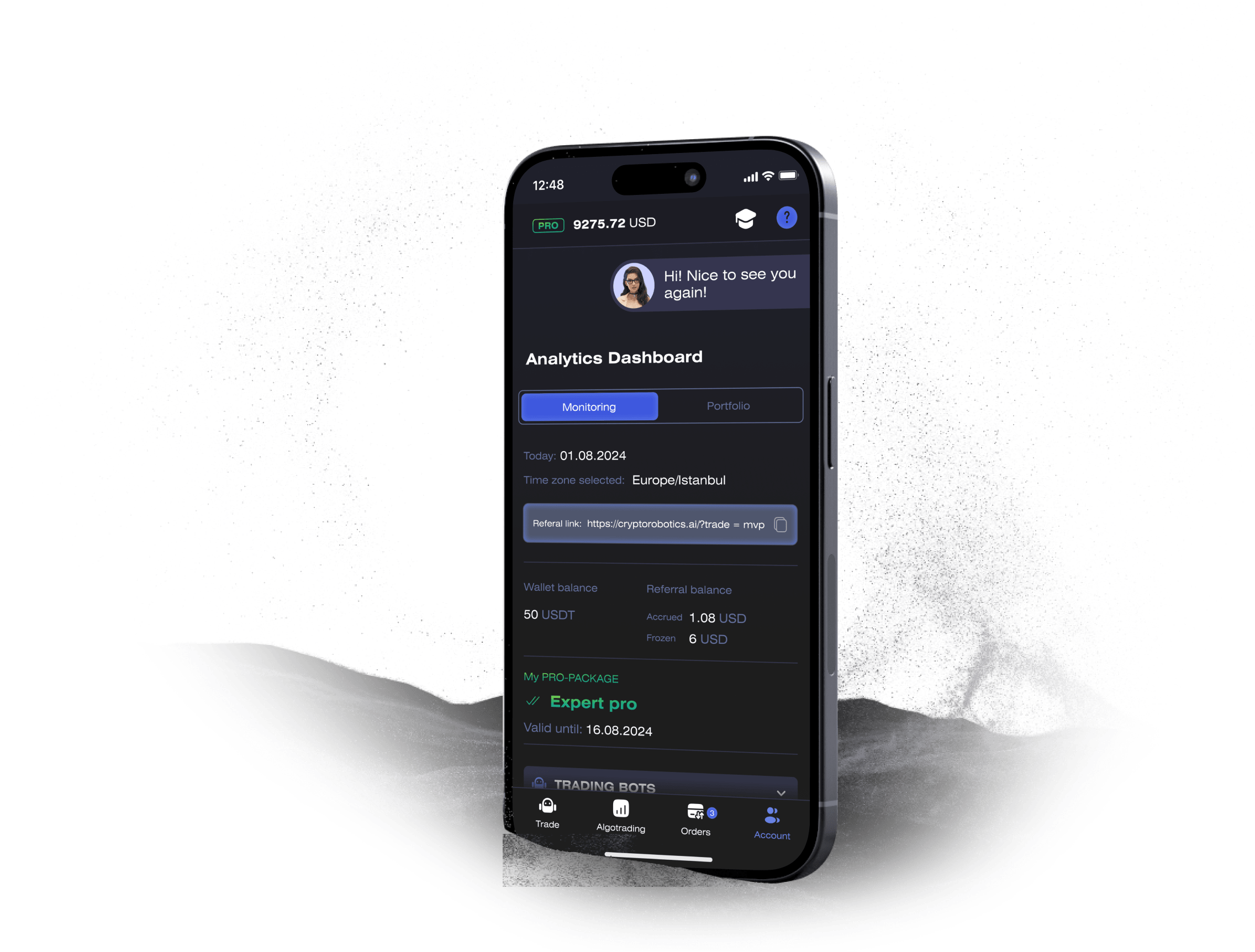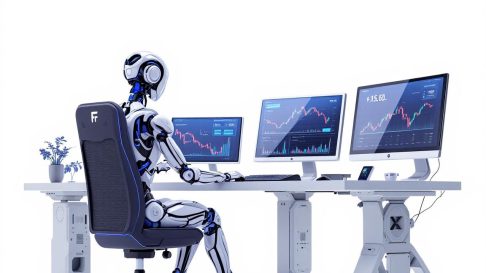Published: February 17, 2025 at 1:30 am
Updated on June 09, 2025 at 7:06 pm




Whales—those with large cryptocurrency holdings—have an outsized influence on the market, especially in the memecoin realm. Their buying and selling can trigger significant price movements, leaving retail investors in a state of confusion. Let’s dive into how whale trading affects memecoins like POPCAT, the risks for inexperienced traders, and what recent whale movements mean for the future.
Whale trading refers to the actions of individuals or groups with considerable amounts of cryptocurrency. In the memecoin market, where speculation and community support are key, whale behavior can create ripples of volatility that are hard to navigate. For those new to the cryptocurrency exchange market, grasping whale dynamics is essential.
Whales can induce wild price swings. A recent example involved POPCAT, where a whale moved ten million tokens worth over $3 million. This move not only showcased the whale’s profit-seeking strategy but also caused a flurry of market reactions, altering the price of POPCAT.
When whales buy significant amounts of a memecoin, it can generate bullish sentiment, pushing prices higher. Conversely, when they sell, it can incite panic among retail investors, leading to steep price declines. This volatility is a hallmark of the memecoin sector, where fluctuations are driven more by whale actions than by intrinsic value.
Whale trading can affect liquidity in unpredictable ways. When whales amass large quantities of a memecoin, it can create a perception of scarcity, driving prices up. However, when they sell, it can flood the market and lead prices to drop. This duality complicates things for novice traders who might not understand the full impact of such movements.
The recent sale of POPCAT tokens by a whale raised concerns about potential price declines, despite the coin’s previous rally. This highlights the delicate balance between liquidity and market stability in the memecoin space.
Following whale movements can be dangerous, especially for inexperienced traders. The high volatility can lead to considerable losses if traders aren’t prepared for sudden market changes. Additionally, the lightly regulated nature of the cryptocurrency market makes it vulnerable to manipulation. Large transactions can skew market signals, resulting in poor trading decisions.
Furthermore, novice traders may be tempted to engage in herd behavior, following whale actions without conducting their own analysis. This can lead to buying high and selling low, deepening their losses. Grasping these risks is crucial for anyone considering engaging in cryptocurrency trading, particularly in the memecoin space.
A recent whale action serves as a prime example. A whale sold ten million POPCAT tokens, pocketing over $7 million after a remarkable 633% return on investment. This transaction not only highlighted the potential for large gains in the memecoin market but also acted as a warning for retail investors. The price fluctuations that followed this sale are indicative of the volatility that can be provoked by whale actions.
Currently, POPCAT trades at $0.2959, but market sentiment is mixed. The price structure hints at a potential bullish trend, yet weak trading volume suggests that confidence in the current price rise is limited.
In summary, whale trading behavior poses challenges for the long-term stability of memecoins like POPCAT. The volatility sparked by whale actions can offer opportunities as well as risks. For novice traders, it’s crucial to adopt strategies such as diversification, risk management, and thorough market analysis.
By understanding the implications of whale trading and crafting a solid trading strategy, investors can better position themselves to take advantage of the unique opportunities presented by the memecoin market. In this ever-evolving landscape, staying informed and adaptable will be critical for success.
Access the full functionality of CryptoRobotics by downloading the trading app. This app allows you to manage and adjust your best directly from your smartphone or tablet.


News
See more







Blog
See more






